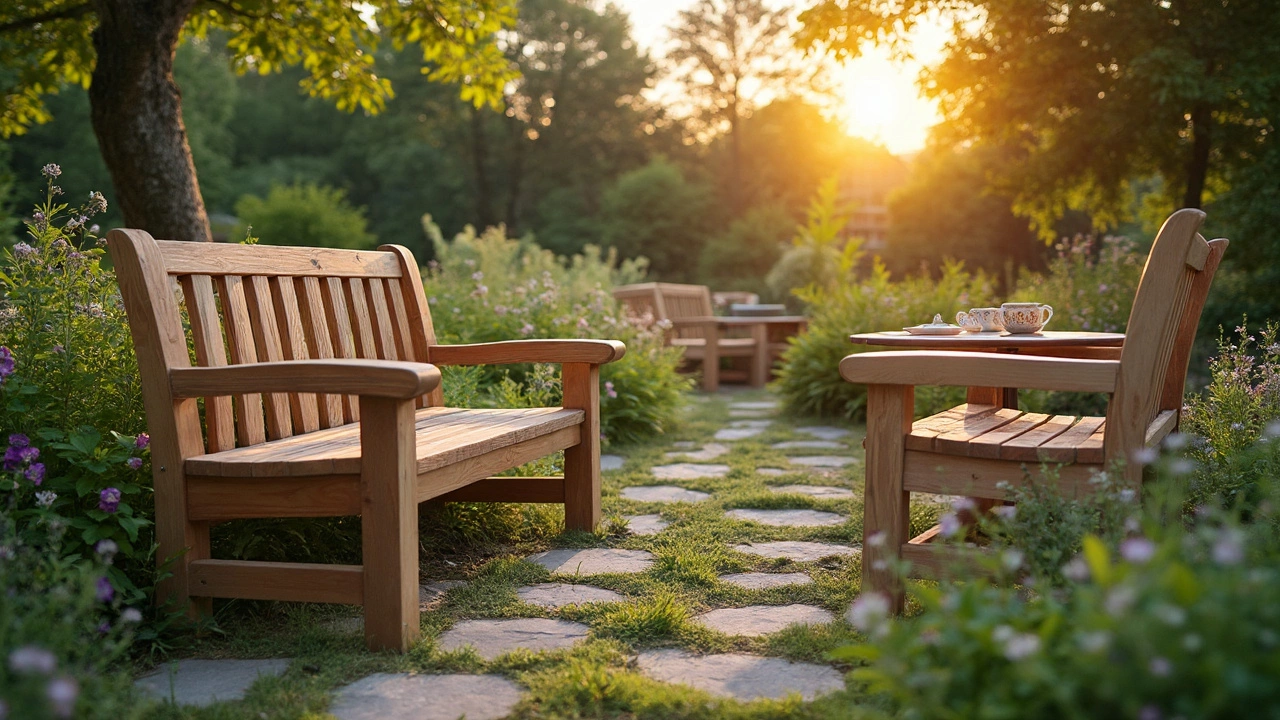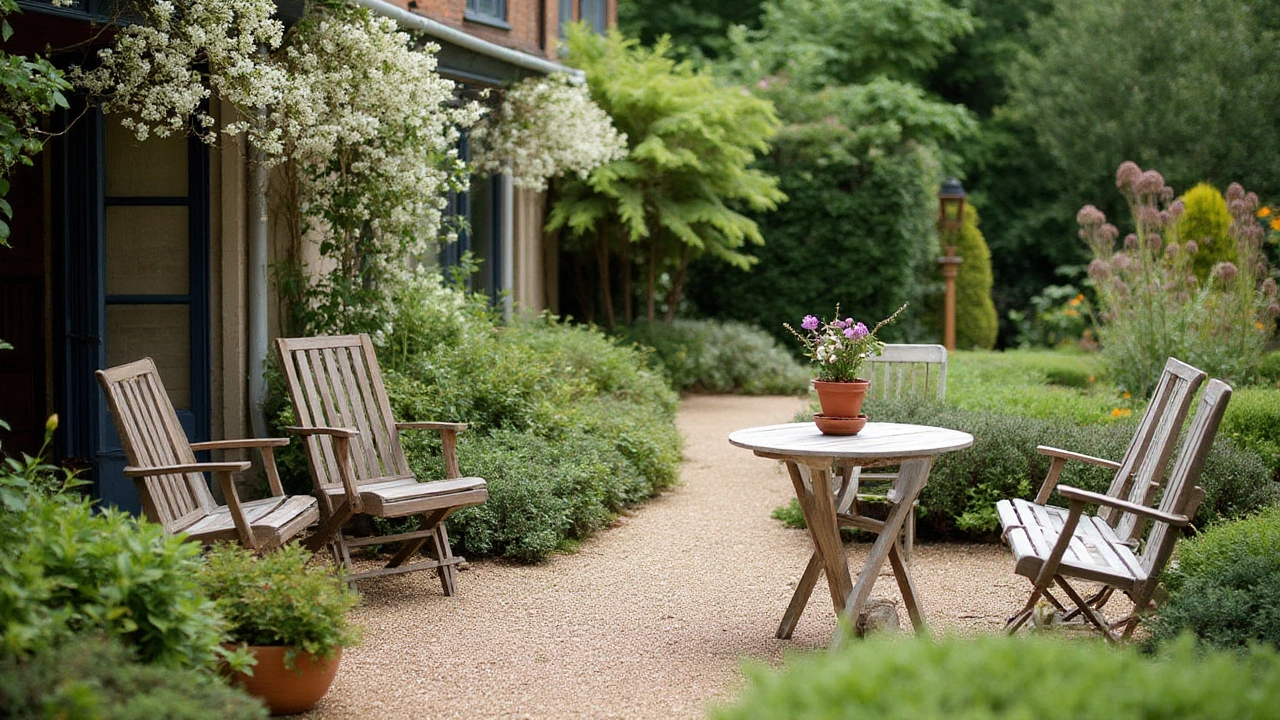Polywood Furniture: What You Need to Know
Thinking about a patio set that won’t warp, fade, or need constant sanding? Polywood might be exactly what you’re after. It’s a blend of recycled plastics and wood fibers that looks and feels like real wood, but it behaves like a plastic. That means it survives rain, sun, and even those accidental spills without turning brown or splintering.
Before you click ‘add to cart’, it helps to know why Polywood stands apart from regular outdoor wood. First off, the material is 100% recycled, so you’re keeping plastic out of landfills while getting a sturdy table or chair. Second, the manufacturing process bonds the wood fibers tightly, so the product resists cracking, warping, and insect damage. Finally, you’ll notice the finish stays smooth for years – no need to sand or repaint.
One big question people ask is whether Polywood feels cheap. In reality, the texture mimics natural wood grain, and the colour options range from classic teak to deep espresso. If you love the look of teak but dread the upkeep, Polywood gives you the same vibe without the yearly oiling. Plus, because it doesn’t absorb moisture, it’s less likely to develop mold or mildew in damp climates.
When you shop, check the weight. Polywood pieces are heavier than typical plastic furniture, which can be a plus for stability on windy days. Look for the ‘UV‑protected’ label if you live in a sunny area; this extra coating helps the colour stay true longer. Prices can vary, but think of it as an investment: you’ll spend less on cleaning products and replacement furniture over the years.
Why Choose Polywood?
Polywood’s biggest selling point is its low‑maintenance nature. A quick rinse with mild soap and water removes most dirt, and you won’t need special sealants. If you have kids or pets, the surface resists scratches and stains better than most hardwoods. That durability makes it a smart pick for rental properties or busy families who want good looks without the hassle.
Another perk is environmental impact. By turning recycled plastic bottles and caps into furniture, manufacturers cut down on waste and carbon emissions. For eco‑conscious shoppers, that story adds real value. You can feel good about buying a product that helps clean up the planet while still delivering style.
Caring for Your Polywood Pieces
Keeping Polywood looking fresh is simple. After a summer barbecue, just wipe the table with a soft cloth and a little dish soap. Avoid abrasive cleaners or steel wool – they can dull the surface. For sticky residue, let a gentle cleaner sit a minute before wiping it away.
Winter care is easy too. In colder climates, you can leave the furniture outside, but covering it with a breathable tarp protects it from snow buildup and extreme temperature swings. If you store it indoors during the off‑season, place it on a flat surface and avoid stacking heavy items on top.
One tip many overlook is to keep the legs clean. Dirt can collect where the legs meet the ground, which may cause uneven wear over time. A quick brush or vacuum on the underside once a month keeps everything balanced.
Styling Polywood is all about mixing textures. Pair a dark‑stained Polywood coffee table with a light‑colored linen sofa for contrast, or use colourful cushions to brighten the natural grain. Because the material is sturdy, you can also add outdoor rugs, lanterns, or planters without worrying about damage.
Bottom line: Polywood gives you the look of premium wood, the durability of plastic, and a greener footprint. Whether you’re furnishing a balcony, a garden, or a poolside lounge, it offers a hassle‑free solution that lasts for years. So, next time you browse for outdoor furniture, give Polywood a closer look – you’ll likely find it checks all the boxes you didn’t even know you had.
Do Amish Use POLYWOOD? The Truth About Amish Garden Furniture Choices
Many people wonder if Amish craftsmen use POLYWOOD for their garden furniture. This article uncovers how Amish furniture makers approach sustainable materials and whether POLYWOOD fits their traditional methods. Find out which materials Amish builders prefer, and why POLYWOOD has sparked debate among Amish communities. We also share tips for choosing outdoor furniture that matches your needs and lasts for years.
View moreTop Competitors of POLYWOOD Outdoor Furniture in 2024
POLYWOOD is known for its durable and eco-friendly outdoor furniture, but it faces competition from various brands. This article explores key competitors in the garden furniture industry that offer unique styles and features to rival POLYWOOD. Discover what sets these competitors apart and helpful tips for choosing the right outdoor furniture for your needs. Learn about different materials, trends, and qualities that make each brand stand out.
View more
